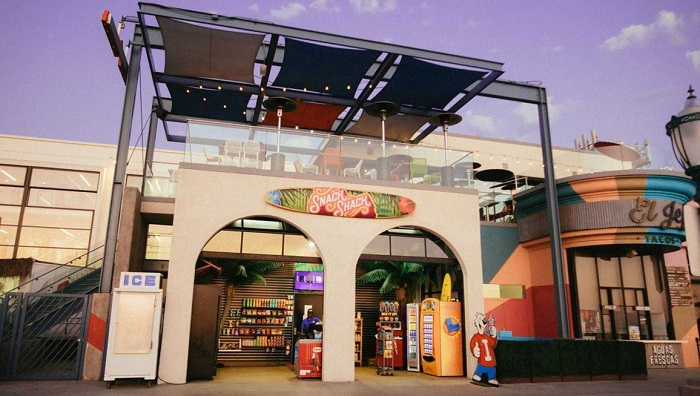The business industry has been through some drastic changes in the last year. Marketing strategies changed during the pandemic as business teams began working remotely. PR and networking events closed, and door-to-door sales became a tricky path to navigate. Fortunately, technology kept the business industry alive and social media marketing took the lead.
Local marketing refers to how businesses target local customers within a 50-mile radius of their business. Marketing strategies can vary from country to country, and so can their effectiveness.
UK-based printing service, instantprint, carried out a survey on 1000 UK customers to uncover what they think of local marketing strategies. They found that consumers like social media and free sample advertising but dislike cold calling and door-to-door sales. The North East of England found search engine advertising one of the most effective channels, while the rest of the UK didn’t rate this highly.
Local marketing is an essential part of operating a small business. Here are few things to consider when looking at your regional marketing strategy.
Photo by Kong Ruksiam from Pexels
Optimise the way you source relevant data
You need a strategy to look through data effectively. Instead of scouring endless data and finding nothing – use a strategy to find data that will improve your marketing strategy. Nearly a third of marketers say they have too much data to analyze. Look at the simplest of data and consider what you can learn from it and the action you can take.
Use the right marketing approach
Inexperienced marketers often assume they need to use a marketing channel. However, it’s far more effective to choose the most effective marketing channels for your area and utilize them. For example, Londoners do not respond well to radio advertising while the rest of the country has an average response to radio marketing. Look at the most effective social media platforms for your local area, and post on them consistently.
Involve customers and optimise communication with them
Get to know your target audience and focus on your loyal customers. Try not to spread yourself too thin by chasing multiple leads.
Ask customers to take surveys and get involved with social media campaigns in returns for discount codes or prizes. You could send customers branded banners and merchandise as a reward for their loyalty. Use this data to find out what your customers like, don’t like and how you can improve. Nearly half of the brands use data-driven marketing to improve their customer experience and identify areas of improvement.
To optimise your marketing strategy, make sure you understand your local area and what customers respond to.
This post was last modified on May 16, 2021 5:49 PM

